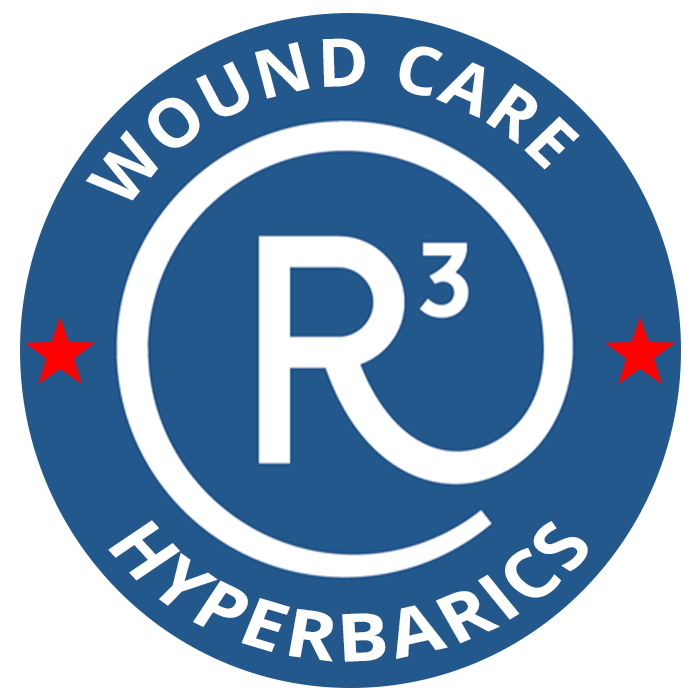It’s not just your major organs that keep your body alive, alert, and thriving. It’s also the 60,000 miles of blood vessels winding their way through your entire body in the form of arteries and veins.
Those blood vessels work with muscles to control and support healthy blood circulation. Blood travels through arteries to carry oxygen and vital nutrients to the trillions of cells living in your body, and then it travels back through veins to transport waste products and carbon dioxide.
This circulatory process is essential to life. Without it, cells quickly become deprived of oxygen and nutrients, forcing them into a state of dysfunction. The earlier you can identify your own poor circulation symptoms and receive the proper vascular treatment, the sooner your body can recover.
What Are the Most Common Poor Circulation Symptoms?
Poor circulation presents with many different symptoms, depending on whether the problem is arterial, venous or both. Signs of poor circulation develop when important functions become restricted by lack of blood flow and can include:
- Swelling in the extremities (feet, ankles, legs)
- Muscle cramps
- Skin discoloration
- Non-healing ulcers or wounds on the legs or feet
- Hair loss along the legs and feet
- Varicose veins or blood vessel “lumps” on the legs
Don’t ignore your signs of bad circulation in legs or anywhere else. Poor circulation is a serious condition that requires medical treatment; your symptoms won’t disappear on their own.
Where Does Poor Circulation Occur?
Poor circulation affects the lower extremities most frequently. It’s common to experience poor circulation in feet, toes, and legs. However, it’s also possible for the arms and hands to exhibit symptoms as well.
What Could Happen If You Don’t Treat Poor Circulation?
If you do not seek poor circulation treatment, or these problems aren’t caught early, serious health complications can develop.
Lymphedema
Lymphedema is a condition that causes swelling in the arms and legs. It’s common in cancer patients who endure lymph node damage during treatment. Lymphedema is also known to develop when poor circulation prevents lymph vessels from draining fluid.
The lymphatic system supports critical body functions. It is responsible for transporting bacteria, viruses, and waste products into the lymph nodes, then filtering and flushing those toxins from your body. Unfortunately, poor circulation restricts lymph vessel action and traps dangerous fluids in tissues instead.
Cellulitis and Osteomyelitis
Lymphedema can lead to a superficial infection called cellulitis. Though common, cellulitis can become extremely dangerous if left untreated. Uncontrolled bacteria may travel down to the bones and cause osteomyelitis, a rare but serious bone infection.
Amputation
If the complications triggered by poor circulation become too severe before treatment, amputation may be the only solution.
Small and isolated wounds can often be resolved with a partial amputation. This saves the majority of the limb while still removing infection. More severe wounds and infections may require partial foot amputations or below-the-knee amputations instead.
Treatment for Poor Circulation: Hyperbaric Oxygen Therapy
Poor blood circulation isn’t a condition that you can fix with a daily medication or single treatment. It requires the support of a vascular doctor who can determine the root cause of your poor blood flow and provide effective treatments to stimulate stronger circulation.
Hyperbaric oxygen therapy is a powerful poor blood circulation treatment method that should be used in conjunction with improved lifestyle habits and the guidance of a vascular specialist.
HBOT reduces the symptoms of poor circulation by flooding all of the body’s tissues with pure, concentrated oxygen. This increases the amount of oxygen in the blood and helps break the cycle of tissue swelling, oxygen starvation, and tissue death.
Hyperbaric oxygen therapy also improves the function of blood vessels, which in turn strengthens blood flow and supports better circulation. White and red blood cells also gain the power to fight infective bacteria and deliver nutrients to cells and tissues throughout the body.
Since HBOT saturates the body with 100% pressurized oxygen, supercharged healing can occur in a way that the body couldn’t achieve on its own.
Other Tips for Improving Poor Circulation
It’s important to remember that improving poor circulation is an ongoing process that requires more than just one doctor’s visit. Make sure a vascular specialist identifies the root cause of your circulation problems so that your treatments are tailored to your unique needs.
Keep in mind that not all treatments for poor circulation and techniques are appropriate for all patients with weak blood flow. Compression socks, for example, only work effectively for patients with venous circulation problems. If a patient with a blended a venous and arterial circulation disorder used compression socks without the guidance of a vascular and/or wound care specialist, they could potentially cause additional damage.
In addition to medical support, lifestyle changes are essential: quit smoking, lose weight, and eat healthier. The internet is flooded with quick fix claims, but real change takes time. When you combine better lifestyle habits with medical evaluation and regular HBOT sessions, you can strengthen your circulation and escape the painful symptoms you’ve been experiencing for so long.
The experts at R3 Wound Care and Hyperbarics specialize in hyperbaric oxygen therapy and wound healing. Visit us today at one of our 4 locations in Dallas and San Antonio to experience the powerful benefits of HBOT and begin your journey to healthy blood circulation.
